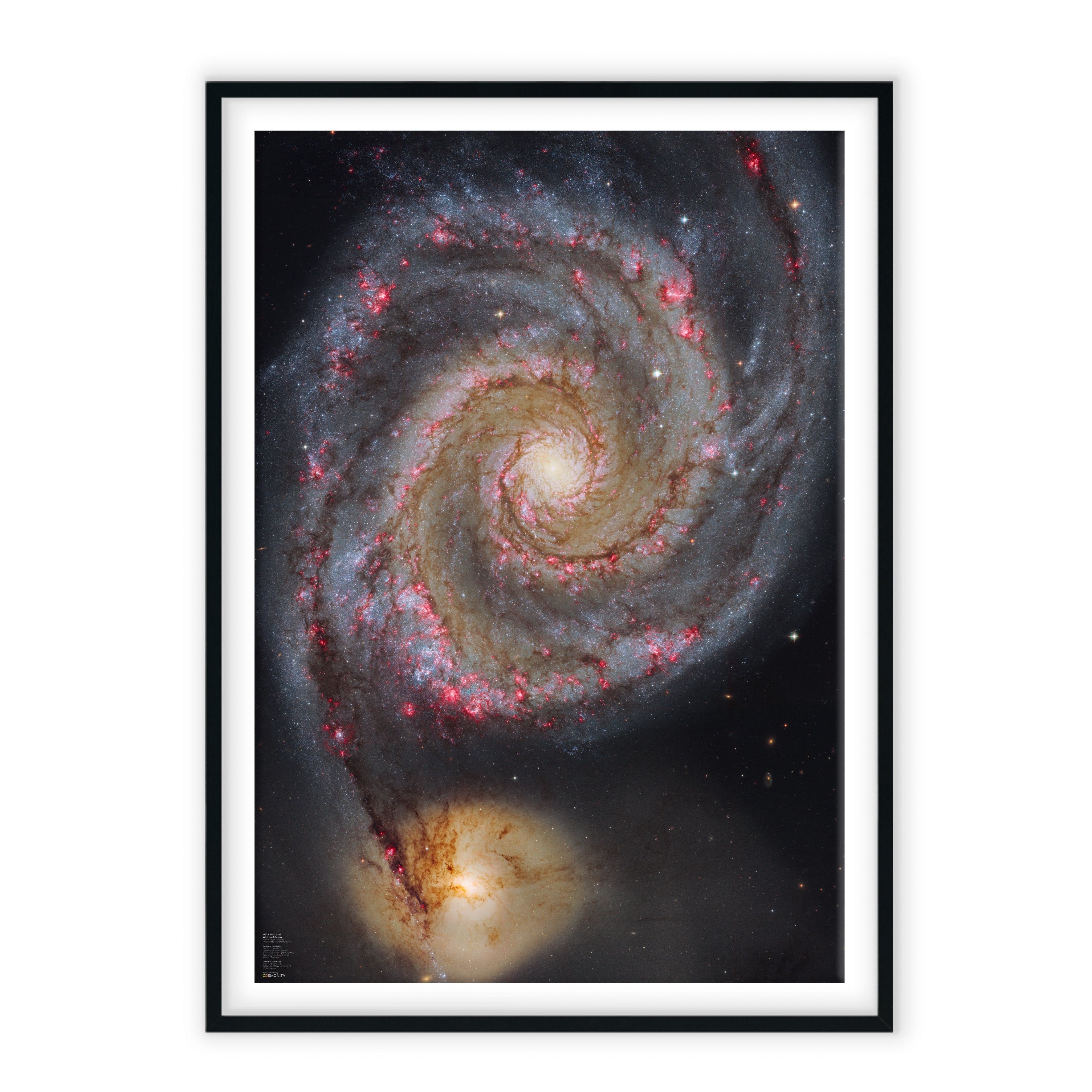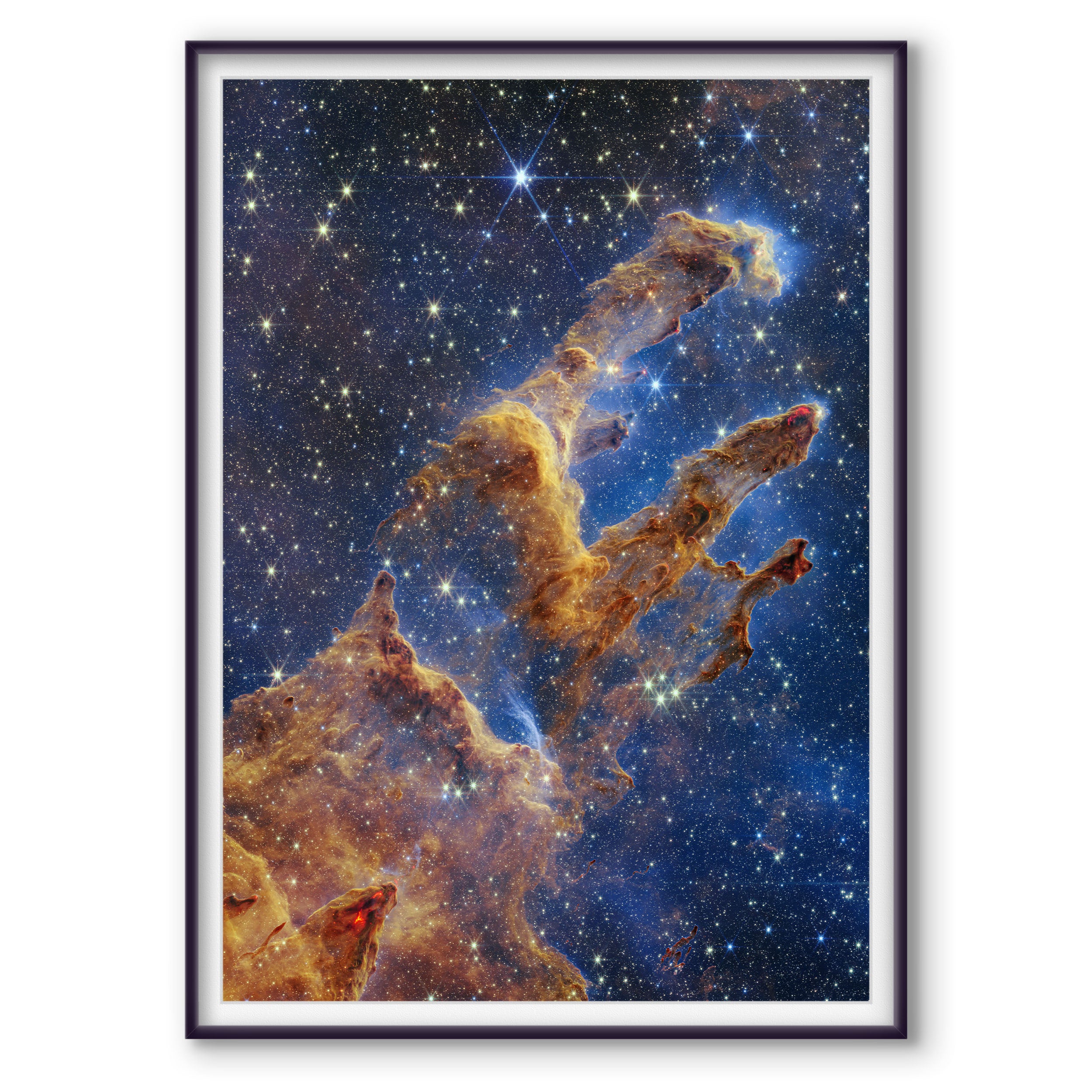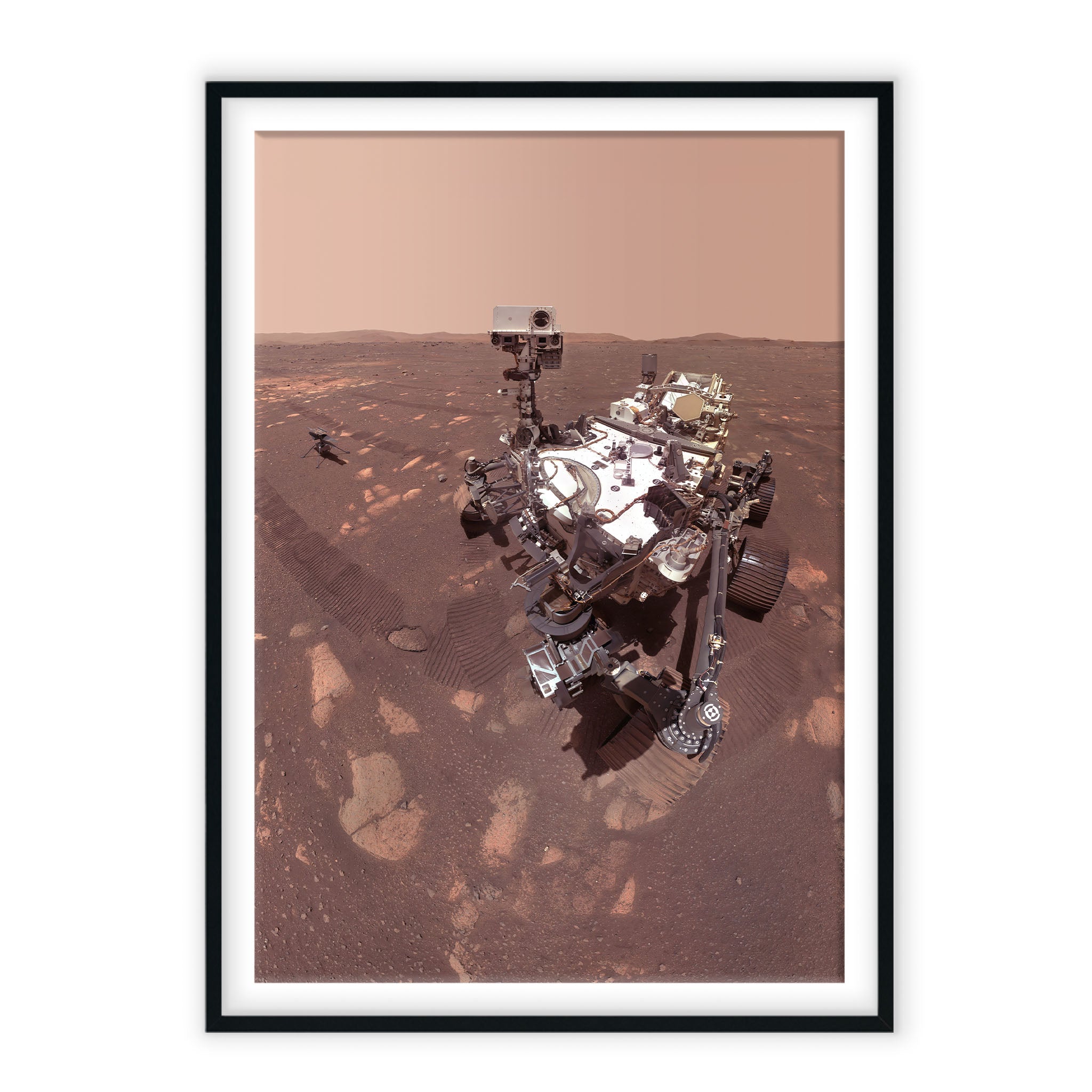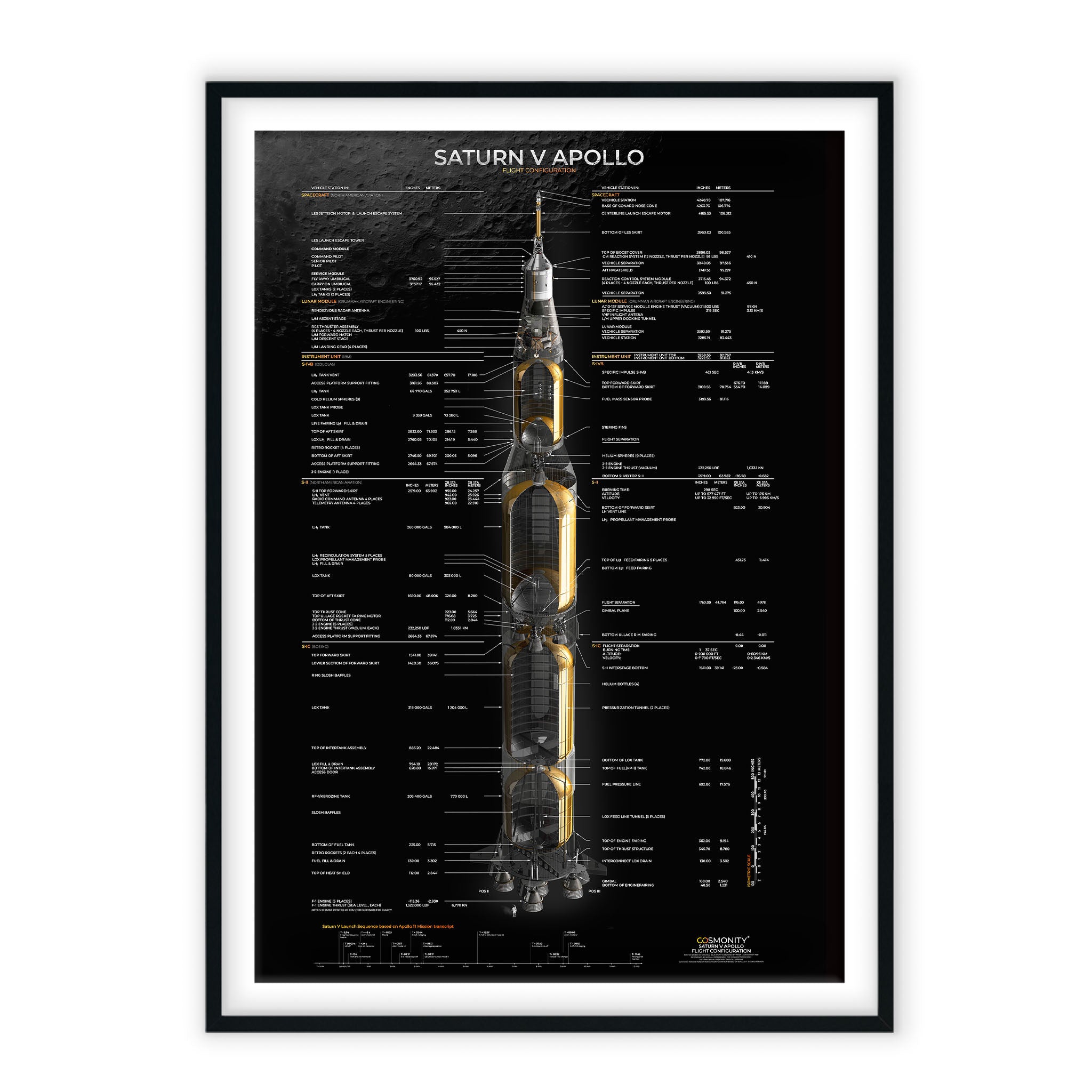The F4U Corsair is a single-engine fighter aircraft that was used primarily by the United States Navy and Marine Corps during World War II and the Korean War. It was designed and produced by Vought Aircraft Industries and first flew in 1940. The Corsair was one of the most successful and iconic fighter aircraft of World War II, with a distinctive bent-wing design and a reputation for being a formidable opponent in air-to-air combat.
The F4U Corsair was initially developed to be a carrier-based fighter aircraft, but its design made it difficult to operate from carriers due to its long and wide fuselage, which made it difficult to fit onto carrier decks. As a result, the Corsair was initially deployed as a land-based fighter, where it proved to be highly effective in both air-to-air and ground-attack missions. The Corsair's main armament was six .50 caliber machine guns, and it could also carry a variety of bombs and rockets.
The Corsair was flown by many famous American pilots during World War II, including Gregory "Pappy" Boyington, who commanded the "Black Sheep" squadron of Marine Corps pilots in the Pacific theater. The Corsair was also used by the British Royal Navy's Fleet Air Arm, and by various other countries around the world.
Overall, more than 12,000 Corsairs were produced, making it one of the most successful fighter aircraft of all time. The Corsair remained in service with various air forces around the world until the 1960s. Today, a number of Corsairs are still airworthy and are flown at airshows and other aviation events.


























